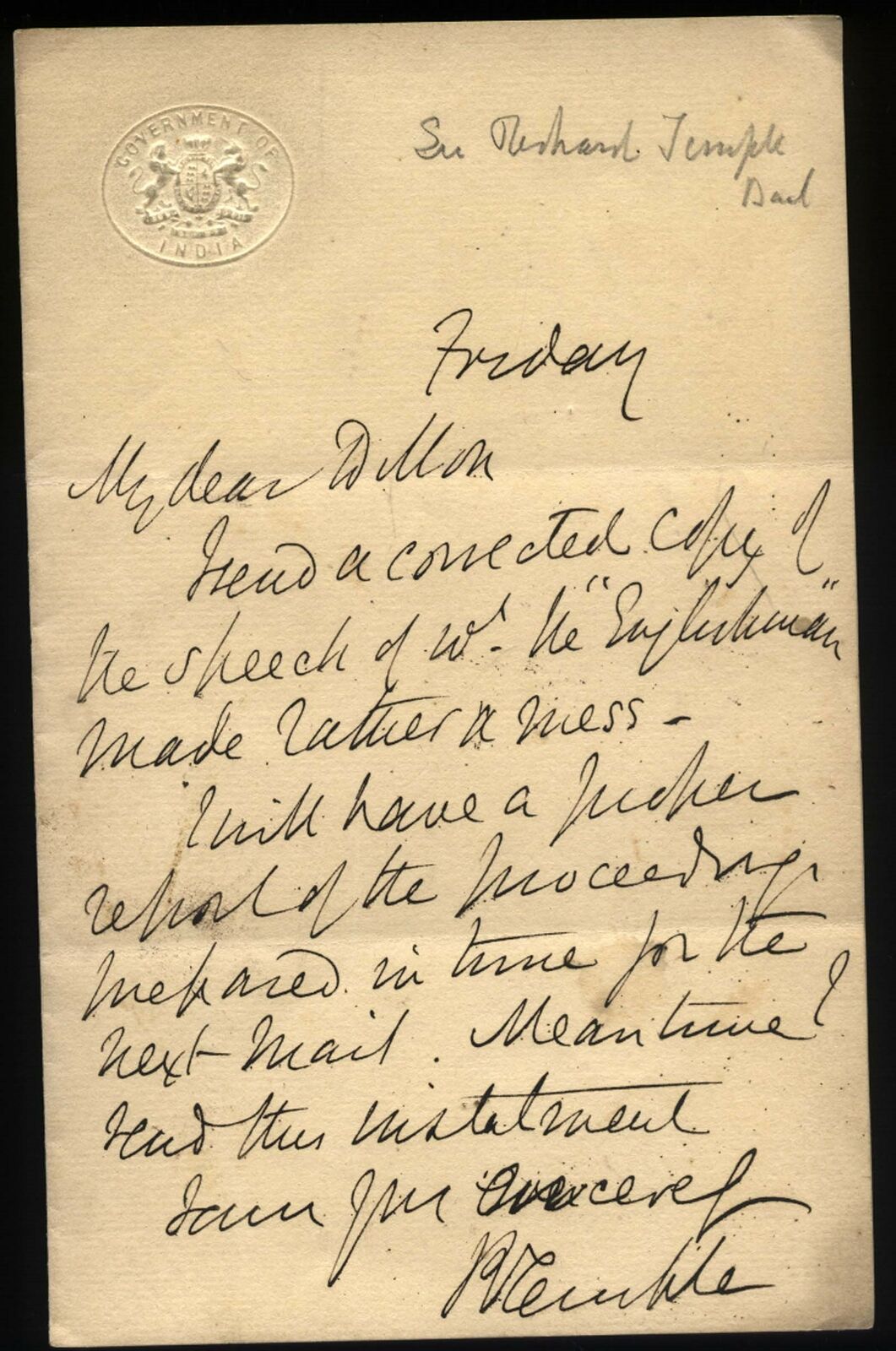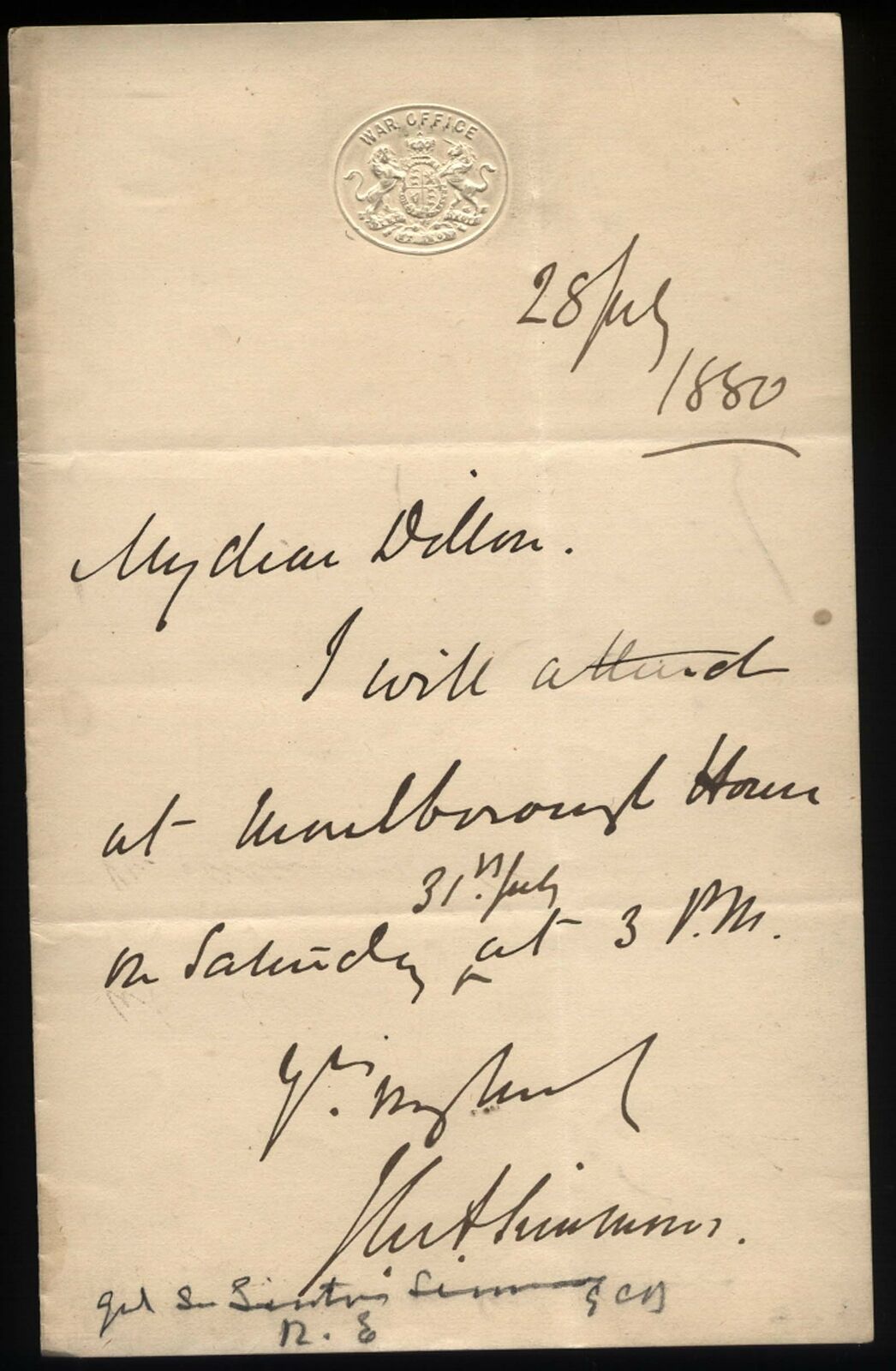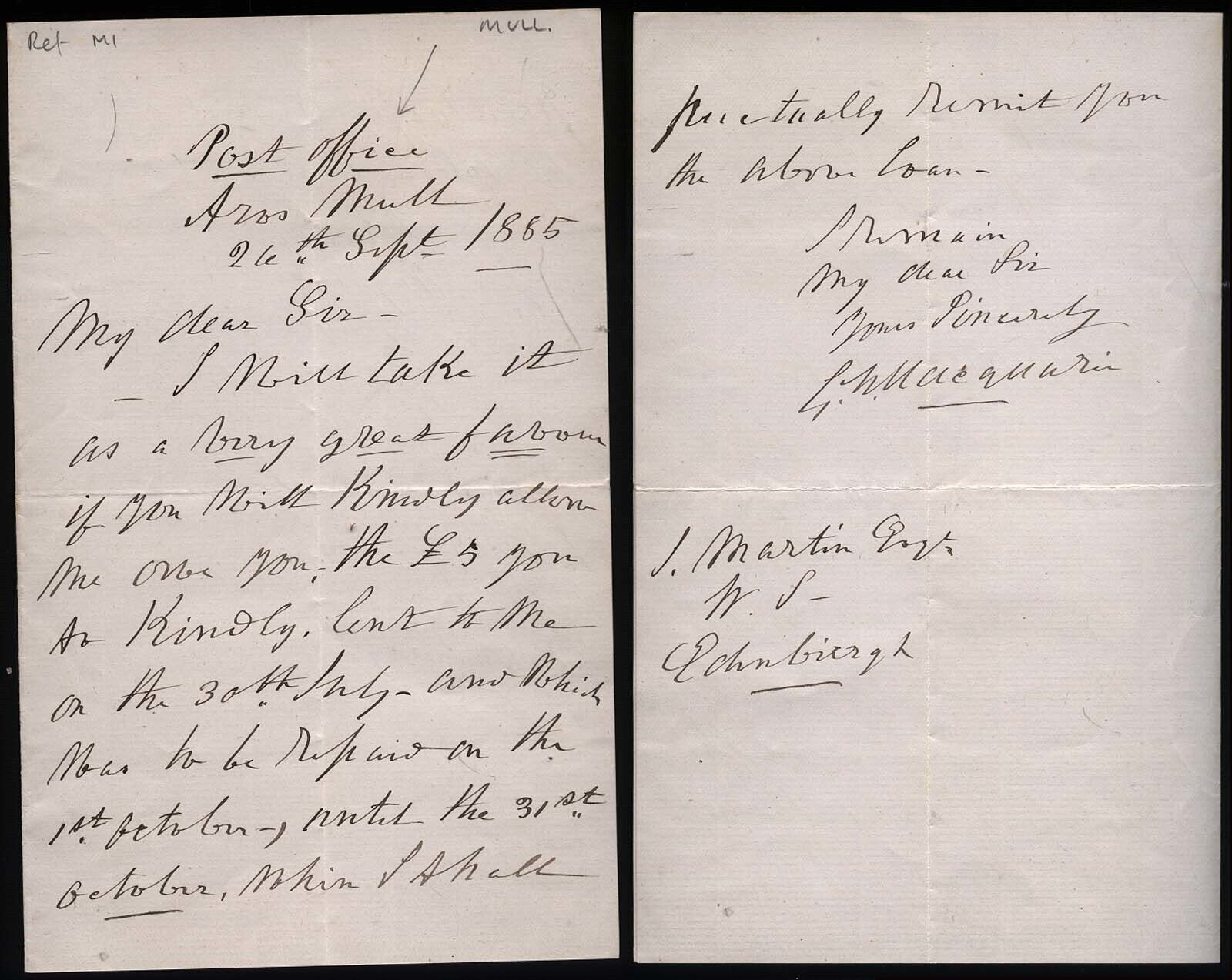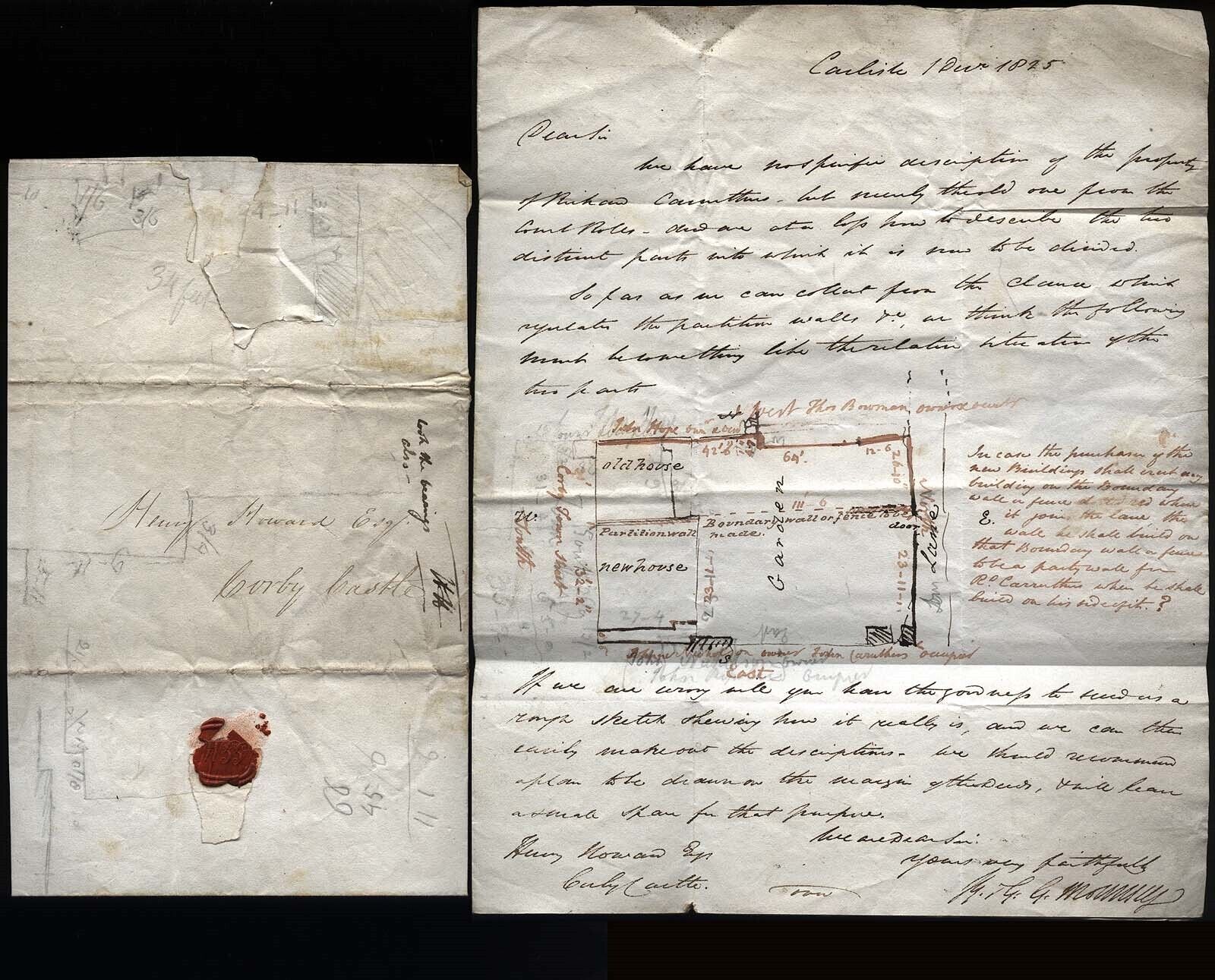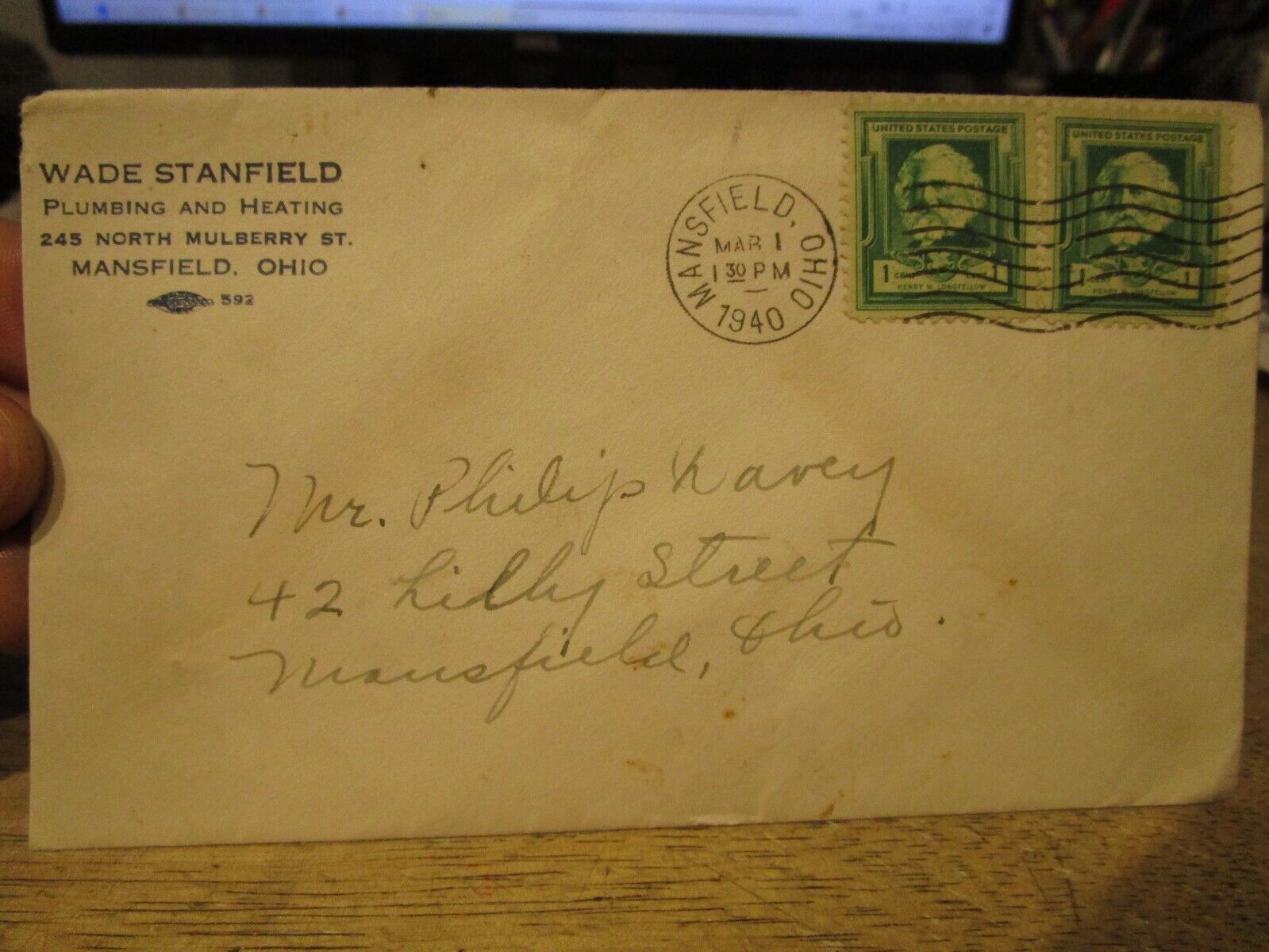-40%
1880 Sir Richard Temple, 1st Baronet, administrator British India and Politician
$ 53.94
- Description
- Size Guide
Description
1880 Sir Richard Temple, 1st Baronet, administrator British India and PoliticianThis product data sheet is originally written in English.
Sir Richard Temple, 1st Baronet, GCSI, CIE, PC, FRS (8 March 1826 – 15 March 1902) was an administrator in British India and a British politician. A fine letter, Circa 1870-80 from him on GOVERNMENT OF INDIA embossed Letter headed paper to General Sir Martin Dillon.
Early life Temple was the son of Richard Temple (1800-1874) and his first wife Louisa Anne Rivett-Carnac (d. 1837), a daughter of James Rivett-Carnac. His paternal ancestor, William Dicken of Sheinton, Shropshire, married in the middle of the 18th century the daughter and co-heiress of Sir William Temple, 5th Baronet (1694-1760), of the Temple of Stowe baronets. Their son assumed the surname Temple in 1796, and inherited the Temple manor-house and estate of The Nash, near Kempsey in Worcestershire. Richard Temple (born 1826) inherited the estate on his father's death in 1874.[1] Career
After being educated at Rugby and the East India Company College at Haileybury, Temple joined the Bengal Civil Service in 1846. His hard work and literary skill were soon recognised; he was private secretary for some years to John Lawrence in the Punjab, and gained useful financial experience under James Wilson. He served as Chief Commissioner for the Central Provinces until 1867, when he was appointed Resident at Hyderabad. In 1867 he was made Knight Commander of the Order of the Star of India (KCSI). In 1868 he became a member of the supreme government of India, first as foreign secretary and then as finance minister.
He was made lieutenant-governor of Bengal Presidency in 1874, and did admirable work during the famine of 1874, importing half a million tons of rice from Burma to bring substantial relief to the starving. The British government, dogmatically committed to a laissez-faire economic policy, castigated Temple for interfering in the workings of the market. He was appointed by the Viceroy as a plenipotentiary famine delegate to Madras during the famine of 1877 there. Seeing this appointment as an opportunity to "retrieve his reputation for extravagance in the last famine," Temple implemented inadequate relief policies that failed to relieve widespread starvation, which subsequently led to the preventable death of millions.
Temple tried to determine the minimum amount of food Indians could survive on. In his experiments, "strapping fine fellows" were starved until they resembled "little more than animated skeletons ... utterly unfit for any work", he noted. In the labour camps he set up, inmates were given fewer daily calories than in the Buchenwald concentration camp 80 years later.
His services were recognised with a baronetcy in 1876.[5] In 1877 he was made Governor of Bombay Presidency, and his activity during the Afghan War of 1878-80 was untiring.
In 1880, when Temple was departing India
, it was proposed that a commemorative statue for his 33 years in the Indian Civil Service be erected. The standing marble statue was completed by Thomas Brock in 1884. It shows him carrying his cloak over his arm and an elaborate 19th-century dress uniform with swags, ties and medals. They are, in fact, the costume of a Grand Commander of the Star of India, the formal attire for Governors of the Presidencies. The statue was unveiled with much pomp at the North end of Bombay's Oval. It was moved in August 1965 to the grounds beside the Bhau Daji Lad Museum, Byculla, Bombay (Victoria and Albert Museum).[6] Five years later, in 1885, Temple was returned as a Conservative MP for the Evesham division of Worcestershire. Meanwhile, he produced several books on Indian subjects. In parliament, he was assiduous in his attendance, and he spoke on Indian subjects with admitted authority. He was not otherwise a parliamentary success, and to the public, he was best known from caricatures in Punch, which exaggerated his physical peculiarities and made him look like a lean and hungry tiger. In 1885 he became vice-chairman of the London School Board, and as chairman of its finance committee, he did useful and congenial work. In 1892 he changed his constituency for the Kingston division, but in 1895 he retired from parliament. In 1896 he was appointed a Privy Councillor.
Temple had kept a careful journal of his parliamentary experiences, intended for posthumous publication; and he self-published a short volume of reminiscences. He died at his residence at Hampstead on 15 March 1902, from heart failure.[1]
:
Powered by SixBit's eCommerce Solution
Sir Richard Temple, 1st Baronet, GCSI, CIE, PC, FRS (8 March 1826 – 15 March 1902) was an administrator in British India and a British politician. A fine letter, Circa 1870-80 from him on GOVERNMENT OF INDIA embossed Letter headed paper to General Sir Martin Dillon. Early life Temple was the son of Richard Temple (1800-1874) and his first wife Louisa Anne Rivett-Carnac (d. 1837), a daughter of James Rivett-Carnac. His paternal ancestor, William Dicken of Sheinton, Shropshire, married in the middle of the 18th century the daughter and co-heiress of Sir William Temple, 5th Baronet (1694-1760), of the Temple of Stowe baronets. Their son assumed the surname Temple in 1796, and inherited the Temple manor-house and estate of The Nash, near Kempsey in Worcestershire. Richard Temple (born 1826) i
Type
Political
EAN
Does Not apply
Country
INDIA
Family Surname
Temple
Titled Families
Sir Richard Temple
Addressed to
General sir Martin Dillon
Document Type
Manuscript Letter
Year of Issue
Circa 1870-80
Era
1871-1880
